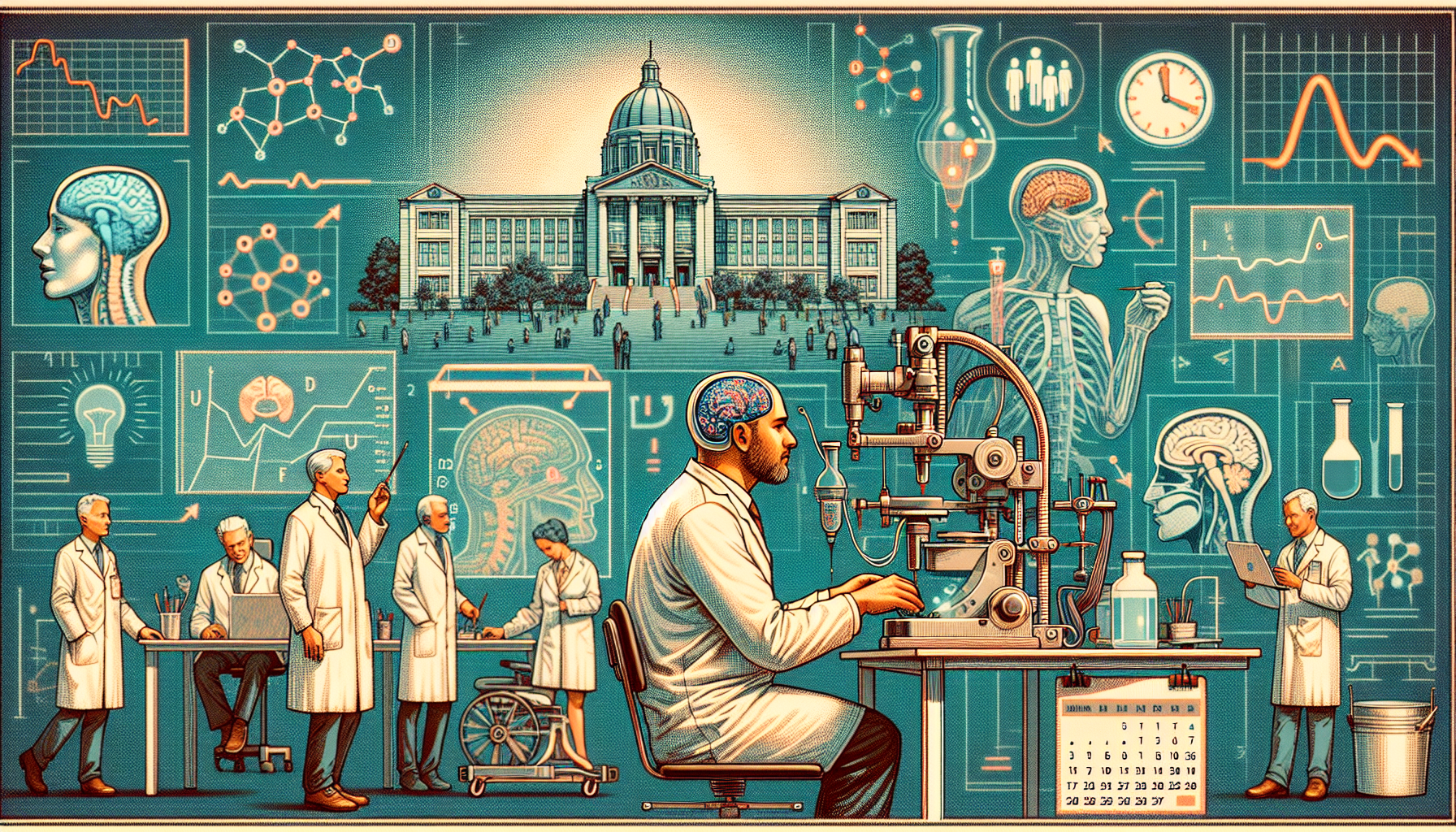In a monumental stride forward, scientists at the University of California, San Francisco (UCSF) have pioneered a technology that feels almost miraculous. They’ve developed a brain-computer interface (BCI) that empowers a paralyzed man to control a robotic arm simply through his thoughts. This cutting-edge innovation, rooted in artificial intelligence (AI), has achieved something truly astonishing—operating seamlessly for an unprecedented seven months without needing recalibration.
Understanding the Technology
This extraordinary BCI works with tiny sensors implanted on the brain’s surface, capturing the nuances of neural activities when the user imagines moving a part of their body. These sensors convey this information to an AI system, which translates these mental signals into precise commands for the robotic arm. The AI’s adaptability to changes in the brain’s signal patterns over time is crucial, ensuring that the system stays effective and reliable.
Remarkable Achievements
Imagine the possibilities: with this technology, the participant can complete tasks that once seemed out of reach. Grasping blocks, turning them around, and strategically placing them in different spots are now within reach. And more intricate tasks, like opening a cabinet door, taking out a cup, and positioning it under a water dispenser, have been successfully accomplished. These advancements pave the way for a world where individuals with paralysis can enjoy more independence, such as the ability to eat and drink on their own.
Stability and Flexibility
Unlike previous BCI systems requiring frequent tweaks, this new approach provides exceptional stability. By gaining insights into ongoing shifts in brain activity, the AI can adjust effortlessly, promising long-term usability. This flexibility marks a transformative leap in neuroprosthetic technology, hinting that BCIs could evolve into a viable, sustainable means for people with movement limitations.
Looking Ahead
Though the technology holds tremendous promise, researchers acknowledge there is room for improvement, especially regarding the agility and fluidity of movements. The goal is to test this BCI further in everyday environments, potentially revolutionizing rehabilitation and assistive technology for those with paralysis. The synergy between AI and neuroscience may ultimately reimagine the life quality for countless individuals around the globe.
Ethical and Community Considerations
As BCIs inch closer to becoming a commonplace option, it’s vital to discuss their accessibility and integration into society. Ensuring these advancements are available to all in need is crucial for maximizing their potential benefits. Addressing equity and inclusivity in these emerging technologies will play a central role in shaping their societal impact.
Closing Thoughts
This success story of the BCI is a landmark moment in the journey of neuroprosthetic innovation. By leveraging AI to interpret and adapt to brain signals dynamically, scientists have forged new pathways for reclaiming independence among those living with paralysis. As this technology advances, it carries the profound promise of transforming countless lives and expanding the horizons of what human-machine collaboration can achieve.

Leave a Reply